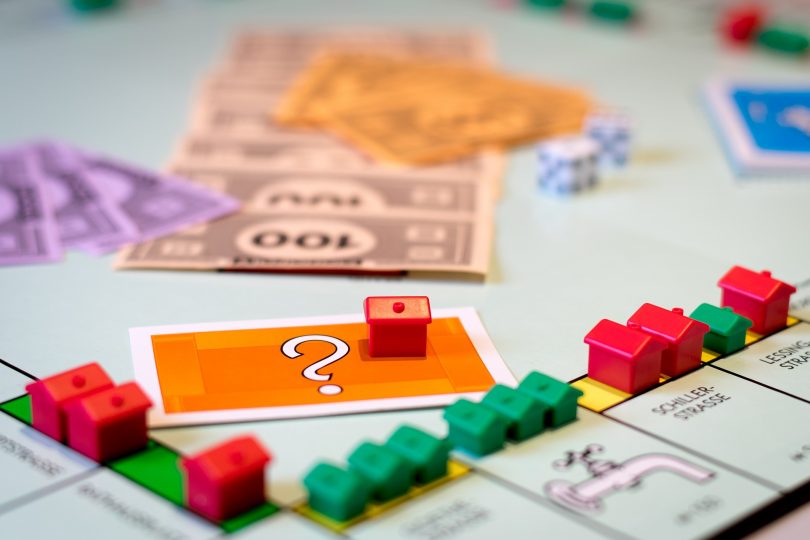Rent. No one likes paying it, but are Australians paying more rent now than 15 years ago?
It is a complicated question. Changes in rental costs effect everyone differently. However, on the broad scale, rents of properties owned by private landlords have increased 42.5% from 2003/04 to 2017/18, though only marginally higher than that of the Australian consumer price index (CPI) which rose by 40.2% in the same time frame, according to Australian Bureau of Statistics (ABS) measures.
However, the two figures have only converged recently, with private landlord rent prices trending as much as 14 percentage points higher than the CPI in that time period (139.29 to 124.57) as Australia was gripped by a post-global financial crisis property market boom.
Additionally, private landlord rent is taking up a greater proportion of our gross income. ABS figures show that Australians are spending 20.2% of their gross income on private landlord rent, as opposed to 18.6% in 2003/04.
For a single full-time employee earning the median wage in 2017 ($1261 per week according to the ABS), this means that on average, rent is taking almost $1,050 more of gross income than it would have if the proportion of earnings spent on private landlord rent had remained at 18.6%.
In a sense though, this example is flawed as the median wage has increased more than private landlord rental prices since 2004. This leads to the conclusion that since then, low-income earners are the most adversely impacted by rent hikes. Since the ABS begun recording its measure on the percentage of lower income renter households paying more than 30% of gross income on housing costs in 2007/08, the percentage has increased from 35% to 43.1% and from 38.5% to 47.8% in Australia’s greater capital city areas. The ABS defines lower income households as; ‘the 38% of people with equivalised disposable household income between the 3rd and 40th percentiles’.
Meanwhile, the median value of private landlord rent paid by those in the lowest quintile of earners is an astonishing 44.7% of gross income.
A key factor in creating this issue is the indexation of many of Australia’s social welfare payments such as Newstart and Rent Assistance to the increase in the CPI, rather than to the wage price index. Problematically, rent has a weighted value of around 7% of the basket of goods used to calculate the CPI, whereas it accounts for much more than that for low income earners.
(Featured Image: Pixabay)






